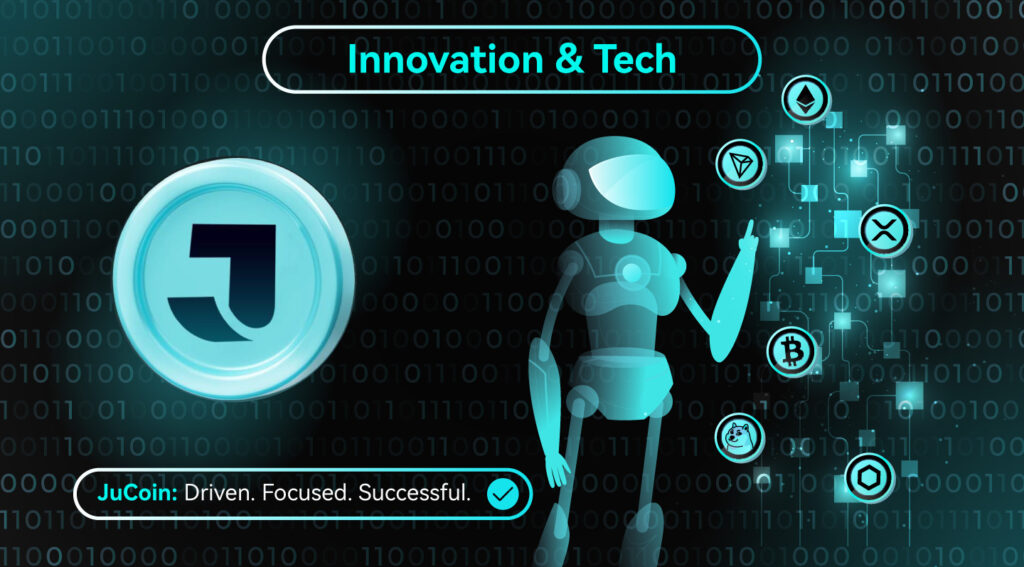
Aimed at the hard requirement of “reducing human error and increasing experimentation/manufacturing efficiency,” Lumi centers on visual AI + real-time data, using a “co-pilot” style to automate observation, logging, alerts, and compliance audit trails across labs and shop floors. This Innovation and Tech article focuses on product positioning, technical architecture, partnerships, and roadmap to gauge its industry value.
Summary: Lumi emphasizes “visual AI + compliance audit trails,” using the LabVue model family and LabEye hardware to cover R&D through manufacturing; it is being deployed with drug-discovery partners such as CatSci and is expanding toward GxP readiness and an API ecosystem.
What Is Lumi?
Lumi is Reach Industries’ “visual AI agent co-pilot for science.” It converts visual information from benches, reactors, and incubators into structured data and automatically generates audit trails, alerts, and reports, with adapters for LIMS/ELN and automation equipment (synchronization capabilities already disclosed officially). Unlike generic camera+script setups, Lumi packages models, hardware, and workflows to lower deployment friction without overhauling existing processes, serving highly regulated sectors such as biopharma, chemical process engineering, and GMP manufacturing.
Lumi’s Value Proposition
The core value is “turning everything the human eye sees into measurable process data.” For steps prone to omissions/mislogs (charge timing, color changes, foaming/crystallization, temperature anomalies, etc.), Lumi auto-captures and classifies them, reducing the impact of human error on quality and compliance, and converts SOPs into executable, replayable scripts via an interactive video protocol.
Technical Architecture: Models, Hardware, and System
Model layer: Lumi’s LabVue vision models are trained for lab environments and emphasize real-time performance, traceability, and edge inference; system layer provides SDK/API for integrating with existing LIMS/ELN and data pipelines; hardware layer includes LabEye cameras and POV devices to cover both bench and operator perspectives. The “see → understand → automate” chain enables automatic monitoring, anomaly alerting, and compliant report output.
Why a “Visual AI Co-Pilot”?
Many critical checkpoints in R&D and production are fundamentally “look-to-decide,” which traditional sensors cannot comprehensively cover. A driver-assist-like human-machine framework lets Lumi issue millisecond-level prompts/brakes while concurrently recording the full session and decision criteria as auditable evidence for later reproduction and deviation investigations.
Applications & Partnerships: From R&D to Manufacturing
In drug process development and early scale-up, Lumi is co-developing “visual process monitoring + data capture” with partners such as CatSci, and advancing nucleic-acid process monitoring under Innovate UK funding; in March 2025 the two parties announced expansion into broader manufacturing and compliance workflows. Lumi’s website also shows partner badges for major pharma such as Pfizer to illustrate its enterprise deployment path. Meanwhile, industry leaders like AstraZeneca are doubling down on AI-enabled R&D—an overall trend that supports large-scale adoption of tools like Lumi (industry trend citation, not a one-to-one partnership claim).
Typical Use Cases
Process development: polymorph/phase behavior recognition, critical-moment prompts, alignment of parameters with visual events.
Quality & compliance: video audit trails, automated batch-record generation, deviation post-mortems.
Facilities & safety: inspections and anomaly alerts, environmental compliance monitoring.
Training & collaboration: interactive video SOPs, remote review, and multi-site collaboration.

Business Model & Compliance Essentials
Commercially, Lumi uses a SaaS subscription plus hardware components, priced by site/camera and feature bundles, with enterprise deployment and co-developed APIs available. For compliance, the product targets GxP and 21 CFR Part 11, emphasizing traceability, permissions, and a closed audit loop; data ownership stays with the client, and private deployments/edge inference reduce data-export and privacy risk (the site highlights “compliance-ready reporting” and GxP fit).
How It Differs from Traditional “Lab Automation”
Traditional automation focuses on “equipment executes actions,” often requiring process redesign; Lumi acts more like a “visual layer recorder + co-pilot,” non-intrusively digitizing observable processes first, then gradually pushing alerts/controls down to equipment—achieving a “light retrofit, quick ROI” path.
Recent Progress & Roadmap
In 2024, Lumi and CatSci received Innovate UK funding to pilot visual AI in scenarios such as oligonucleotides; in March 2025, they announced expansion into larger-scope manufacturing and compliance workflows and continued opening of SDK/API co-development channels. On the roadmap, the team plans to port “early process development” experience into GMP-compliant production and progressively cover more industries (GEN likewise notes “usable for early process development now, targeting GMP next”).
Milestones to Watch
- Results from third-party GxP/Part 11 audits and customer validation reports.
- Evidence of multi-site reuse and scaled deployments with top-tier pharma.
- Maturity of the API ecosystem (LIMS/ELN, digital twin/scheduling integrations).
- Stability of edge inference and the total cost of ownership (TCO) curve.
Irreproducibility has long wasted resources in biomedicine—U.S. estimates alone put losses at ~$28B/year—so automation and data-quality improvements have clear real-world importance.
FAQ
Q1: Where does Lumi beat “generic camera + scripts”?
A: It bundles vision models, hardware, and compliant workflows to deliver real-time recognition, audit trails, and APIs—covering complex processes more systematically with a lower deployment bar.
Q2: How does Lumi connect to existing data systems?
A: Via SDK/API to LIMS, ELN, and data lakes, correlating visual events with sensor parameters and batch records to form a unified traceability chain.
Q3: Is video data storage compliant?
A: It targets GxP/Part 11 auditing and permissions and supports private/edge deployment to reduce exposure of sensitive data.
Q4: Can Lumi land in GMP production?
A: GEN reports today’s focus is early process development, with GMP as the next target; assess alongside third-party audits and customer validations.
Q5: Will it replace humans?
A: It is a “co-pilot”: primarily reducing workload and errors, freeing scientists for higher-value design and analysis.
Key Takeaways
Direction: Lumi enters via “visual AI + audit trails,” prioritizing the pains of observation and record-keeping in research and manufacturing.
Architecture: LabVue models + LabEye hardware + SDK/API, stressing non-intrusive deployment and traceability.
Progress: The CatSci collaboration and Innovate UK grant show expansion from R&D to manufacturing; the website displays a Pfizer badge as an enterprise signal.




